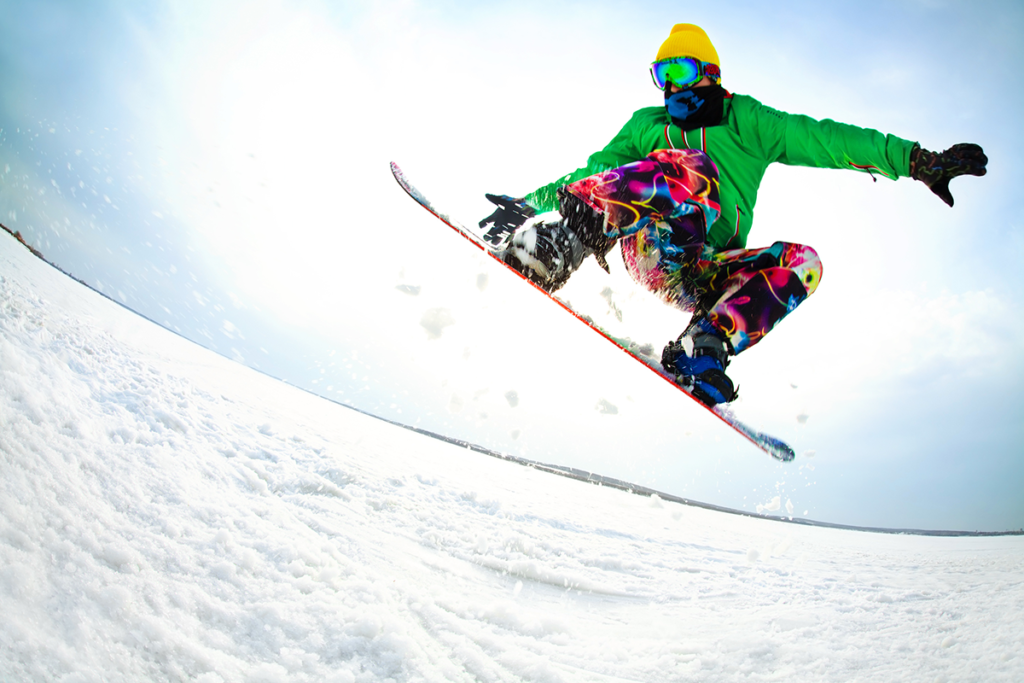Ask the average person on the street what they think winter sports athletes do in the summer and you’ll likely hear crickets—before an answer like: “They rest?”
The fact is, most people have no idea how hard these athletes train during the off-season. Elite winter athletes train year-round to maintain their competitive edge.
Take alpine skiers, for example. In the summer, they’re hitting the gym hard to build strength and power. They’re also working on their flexibility and balance. And they’re spending time in the pool to improve their cardiovascular fitness.
What about snowboarders? They, too, are in the gym working on strength and power. But they’re also focusing on agility and reflexes. Not to mention all the time they spend in the summer perfecting jumps and tricks.
Just because the snow is (mostly) gone doesn’t mean winter sports athletes get to slack off. They have to work just as hard in the summer if they want to be in peak condition for the next season.
Here’s a look at how elite winter athletes stay fit during the warmer months:
They Focus on Balance
Balance training is obviously especially important for snowboarders and skiers, as they need to be able to stay balanced while going down a hill at high speeds. Even so, most other winter sports require good balance as well. So it’s important for these athletes to focus on balance training in the summer. This can be done by working on single-leg exercises, stability exercises, and proprioception exercises.
They Build Strength and Power
All sports require some level of strength and power, and winter sports are no exception. Winter sports athletes can lift weights, do plyometric exercises, and perform explosive exercises during the summer to build strength and power.
Jump Squats
Jump squats are a great way to build lower-body strength and power, and many winter sports revolve around the legs. To do a jump squat, start in a standing position with your feet shoulder-width apart. From there, lower down into a squat position and then explosively jump up as high as you can. Land softly back into the squat position and repeat.
Plyometric Push-Ups
Plyometric push-ups are another great way to build explosive power. To do them, start in a regular push-up position. Lower yourself down until your chest is just above the ground and then explosively push up as high as you can, clapping your hands together at the top. Land back in the starting position and repeat.

They Do Cardiovascular/Endurance Training
The winter weather can be extra tough (and extra fatiguing) on the body, so it’s important for winter sports athletes to train for endurance in the summer. This can be done by running long distances, biking long distances, or swimming long distances. Other examples of endurance training include interval training, circuit training, and tempo training.
They Train for Flexibility
Many winter sports require a high degree of flexibility. Ask any cross-country skier and they’ll tell you that having a flexible body is key to success in their sport. That’s why it’s important for winter sports athletes to focus on flexibility training in the summer. This can be done through a variety of methods, such as stretching, yoga, and foam rolling.
Final Thoughts
The summer isn’t a time for winter sports athletes to rest on their laurels. They have to train just as hard (if not harder) if they want to be in peak condition for the next season. By putting themselves through summer training, these athletes can prepare their bodies for the harsher conditions of winter—let alone a Colorado winter.
So, the next time you see a winter sports athlete training in the summer, don’t be surprised. They’re just as dedicated to performing in their sport as they are to having fun in the snow.



